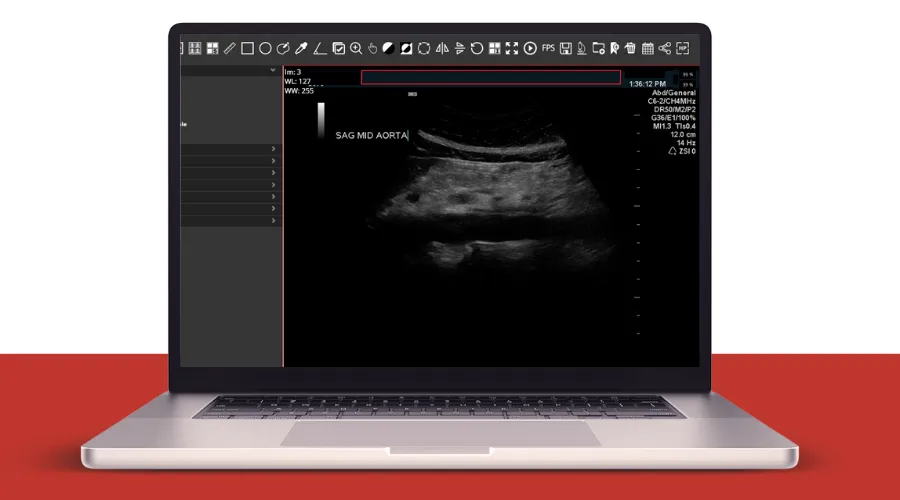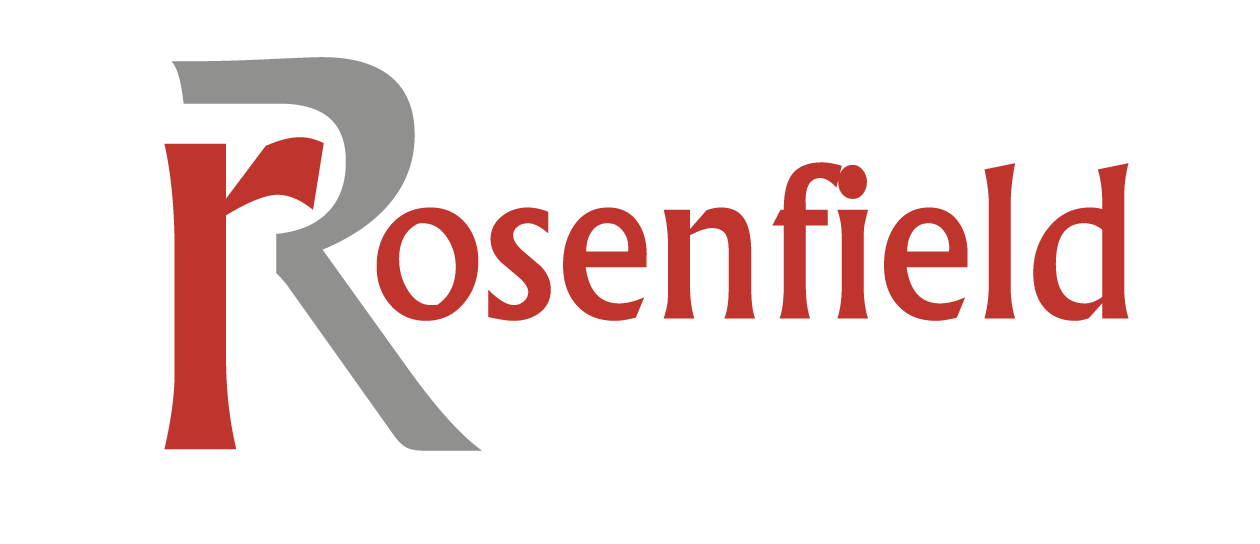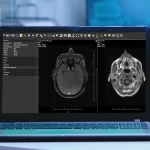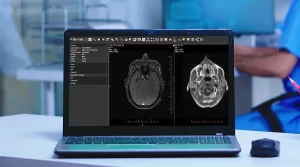
DICOM Anonymisation Software
DICOM anonymisation software is essential for the secure storage and sharing of medical images. It preserves patient privacy, ensures that personal data is anonymised and facilitates the use of images for teaching or research purposes without exposing sensitive patient information.
How do you choose the best DICOM anonymisation software? This article will discuss the key considerations for this.
What is DICOM anonymisation software?
DICOM anonymisation software protects medical images privacy by removing or replacing personal information within DICOM files.
DICOM anonymisation software’s goal is to make the data anonymous, allowing images to be used for medical or research purposes without risking patient privacy.
For example, when doctors share radiological images with colleagues, they must remove all identifiable information, such as the patient’s name, address, or other personal details.
How does it work?
First, DICOM files are uploaded into the anonymisation software, which then scans the files for metadata tags containing personal information.
The software then removes or replaces this information with generic placeholders to protect the patient’s identity.
Pros of DICOM anonymisation software
DICOM anonymisation software is important to protect patients information especially with growing use of electronic health records that lead to more data being shared, increasing chances for accidental leaks of information.
Some benefits of DICOM anonymisation software include:
1. Compliance with regulations
Anonymising patient data is a legal requirement to protect patient confidentiality, so following strict privacy regulations, such as GDPR or HIPAA is essential.
2. Keeping patients’ information secure
Protecting medical information of the patients is more critical than ever, as cyberattacks have become sophisticated and can cause serious harm by stealing patients information or making it vulnerable to malicious actors.
3. Increase collaboration
Anonymised DICOM files help with collaboration across different departments, healthcare facilities, and research centers without compromising patient’s privacy.
4. Batch processing
Many DICOM anonymisation tools support batch processing, allowing the anonymisation of large sets of images at once (bulk DICOM anonymisation).
This feature is especially helpful for large healthcare facilities and research centers that handle substantial volumes of medical images.
Cons
Although bulk DICOM anonymisation software are very useful, the may have some cons:
1. Complex to use
Some DICOM anonymisation software can be complex to use, especially for healthcare professionals who are less technically proficient.
As a result, it may require some training, or having technical support to use DICOM anonymisation software properly without affecting the quality of patient care.
2. Potential for human error
Although anonymisation software can automate the process, there’s always a risk of human error.
For instance, a user may accidentally select the wrong settings, causing improper anonymisation, which results in unintentional patient data exposure.
3. Loss of data integrity
Sometimes anonymisation software can cause a loss of certain non-essential data that could be important in specific situations.
A clear example of this is when removing all patient-related data, it’s hard to trace an image back to the original patient for follow-up.
4. Not always 100% accurate
DICOM Anonymiser tools are very effective, although some advanced DICOM metadata might not be anonymised properly, which leaves some sensitive information exposed.
As a result, it may be essential to check the anonymisation process periodically to ensure patient privacy.
How to choose the right DICOM anonymisation software?
Choosing the best DICOM anonymisation software for your practice depends on many factors:
1. Ease of use
It’s preferable to look for a user-friendly software that can integrate easily into your workflow. As a healthcare provider, you should seek software with minimal learning time, ensuring ease of use without disrupting workflow.
2. Complaint with regulations
you have to ensure that the software you choose complies with privacy laws to avoid any legal problems and protect patient privacy.
3. Security features
DICOM anonymisation software varies in the security features, so you should make sure to choose the software that provides high protection of data during storage and transmission.
Some security features, such as encryption and secure cloud storage, provide great protection for patient privacy.
4. Scalability
The volume of the data may differ from healthcare facility to another, so you have to ensure that you have a software that can handle a large volume of data, whether now or later in case you need that.
This is very important especially for healthcare facilities or research centers that deal with a large amount of medical images and they sure need to protect their patient privacy.
5. Little errors
Although 100% accuracy is impossible, look for DICOM anonymisation software with minimal errors to ensure maximum security of patient information and prevent unintended data leaks.
6. Integration with other systems
A perfect DICOM anonymisation software should integrate well with other systems, such as the PACS system.
Best DICOM anonymisation software
PRIX Bulk DICOM Anonymiser is a powerful tool to bulk anonymise medical images and can integrate with PACS system.
It has some features that fit your need:
- Effortless anonymisation: PIXR Bulk DICOM Anonymiser can anonymise large volumes of studies at once.
- Multiple anonymisation profiles: It customizes with multiple profiles to meet the specific needs of different research, teaching, and clinical trials.
- DICOM and pixel data anonymisation: It ensures precise anonymisation of the patient data in US images, maintaining data integrity and patient privacy with zero errors.
- Integration with other systems: PRIX integrates with PACS, clinical trial servers, providing detailed log for each anonymisation step.
You can find what you need for anonymising your studies and cases perfectly in PIXR Bulk DICOM Anonymisation with its unique features.
FAQs
What is DICOM software?
DICOM software refers to specialized tools and applications designed to view, store, and share medical images in DICOM format, the standard format used in medical imaging.
How to anonymise DICOM files?
You can anonymise DICOM files using DICOM anonymisation software, as it preserves patient privacy while using images in teaching, research, or other uses.
Recent Posts
Archives
- December 2024
- November 2024
- October 2024
- September 2024
- August 2024
- April 2024
- February 2024
- January 2024
- April 2022
- November 2021
- August 2021
- May 2021
- April 2021
- March 2021
- February 2021
- December 2020
- November 2020
- October 2020
- July 2020
- April 2020
- December 2019
- October 2019
- August 2019
- July 2019
- June 2019
- April 2019







